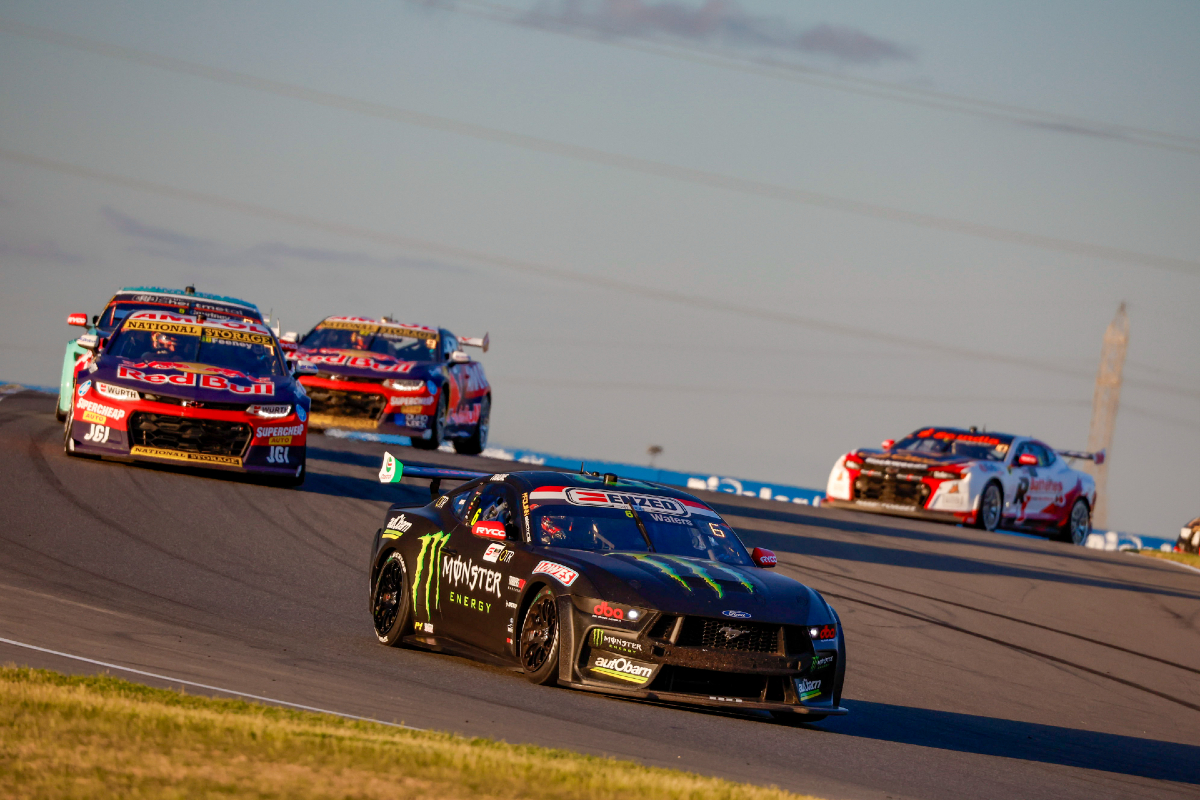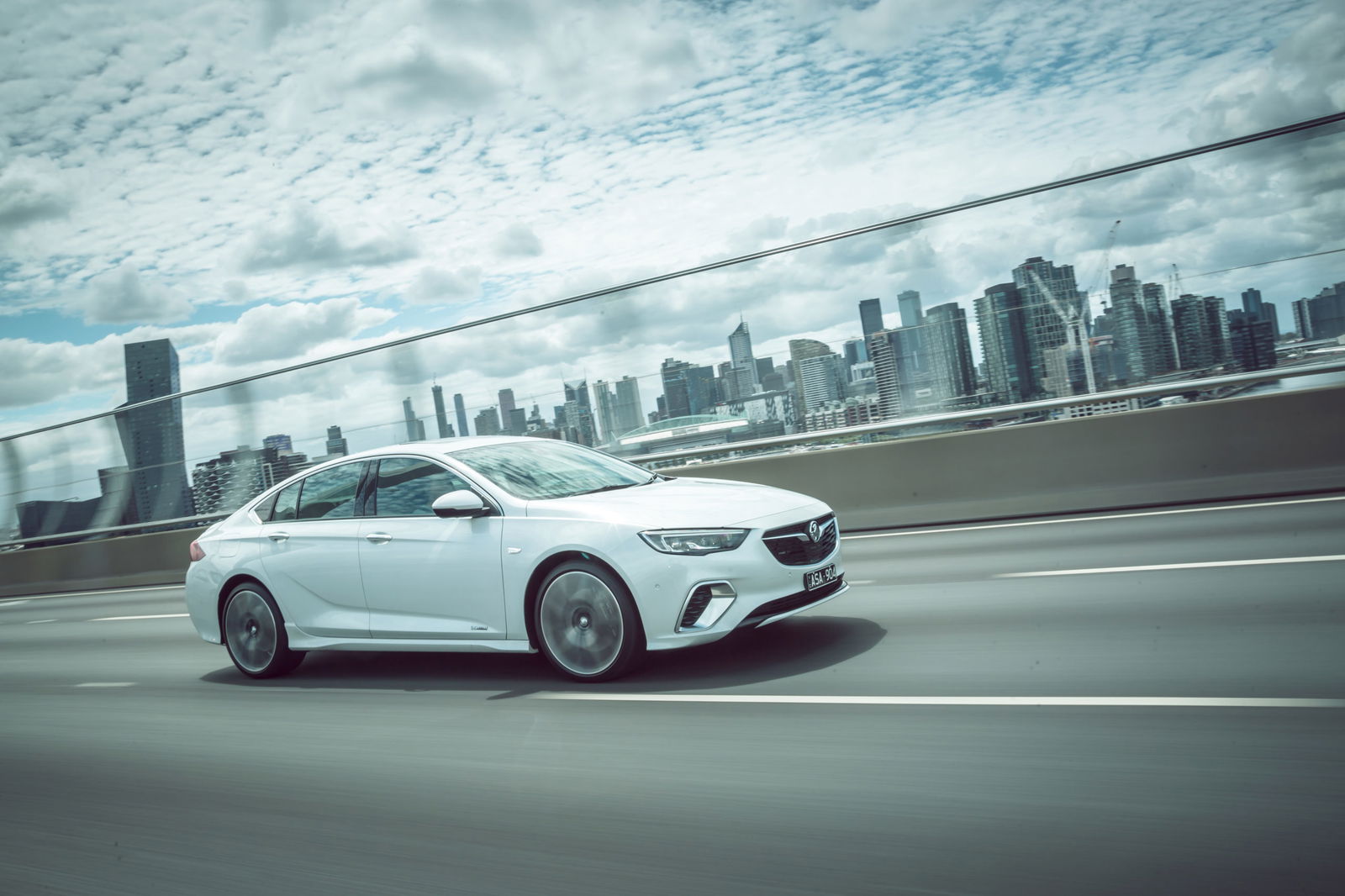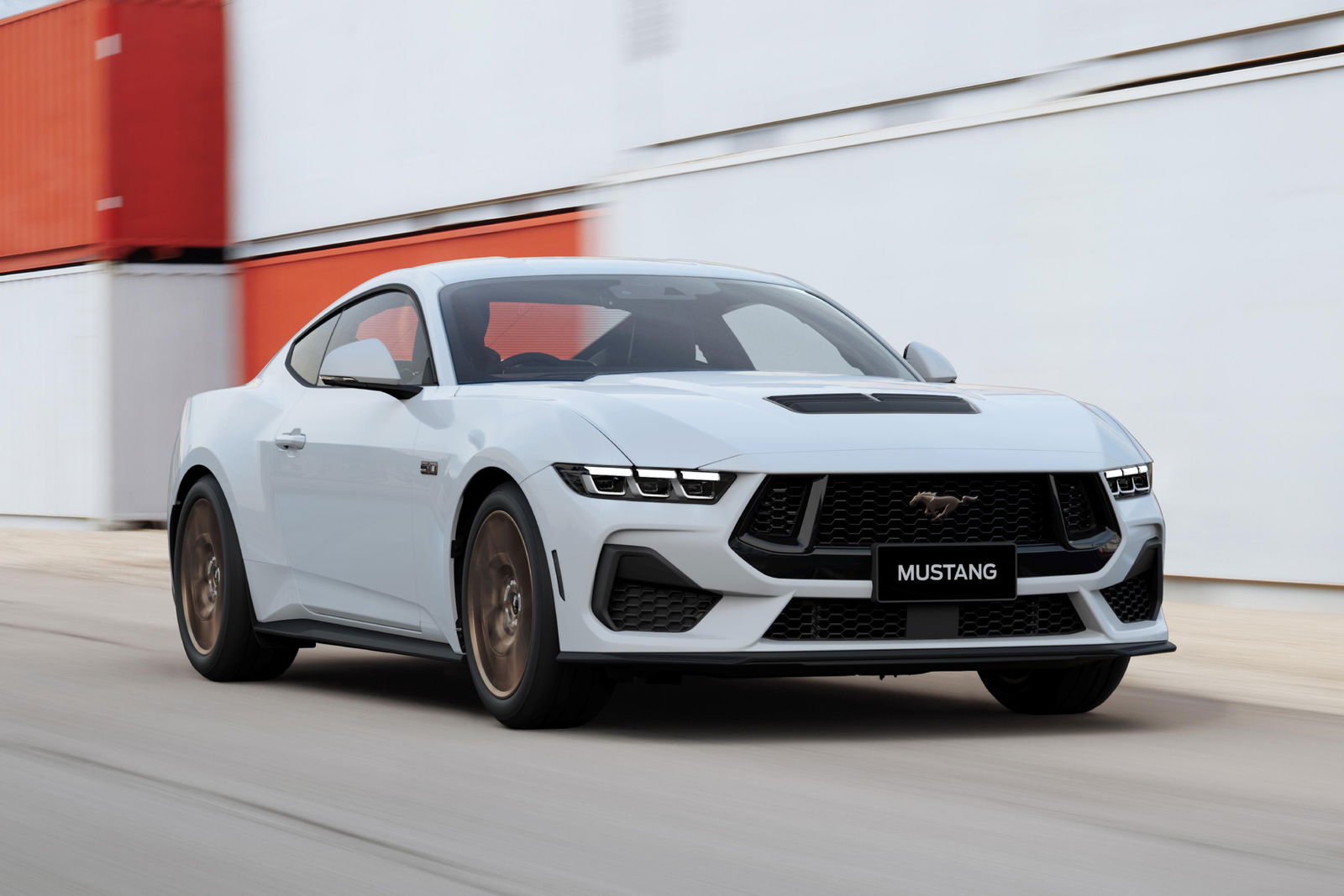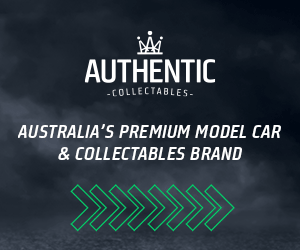Australian motorsport has reached a familiar position, where teams are soon going to be racing a product that isn’t for sale.
Earlier this week, Toyota announced it was closing order books for the GR Supra locally, ending its Australian showroom run after six years, but crucially just a handful of months before making its Supercars Championship debut in 2026.
This had long been rumoured to be the case, even from when the Toyota announcement was made last year, when reports were suggesting the Supra would be wound down well before the end of 2025.
Of course, the Supra Supercar is set to be as close to the road car as a Toyota GR Yaris is to the WRC-winning machine. You won’t find the Supra racer’s V8 under the bonnet of what’s in showrooms, nor was its wild aero package going to be available to punters.

While Toyota is all-systems-go to take to the track in 2026 with the GR Supra, it’s presented another instance of what consumers can buy being very different to what brands are selling them on the race track.
Of course, the most recent example of which is the Chevrolet Camaro, which has been GM’s Supercars weapon of choice since Gen3 rules came into effect in 2023, despite having only been sold in Australia by Holden Special Vehicles between 2018 and 2020.
Even then, the road-going Camaro was powered by a 6.2-litre V8, whereas the Gen3 racing version has a 5.7-litre mill. This can be applied to the Mustang too, with the road car’s 5.0-litre V8 stretched out to 5.2 litres for the Supercars racer.
There has been criticism of Supercars or even GM for running a defunct car in our local racing series, however it’s not a problem unique to Australia, with NASCAR also featuring the Camaro in the Cup and Xfinity Series – despite production ending in December 2023.

Arguably both Supercars and NASCAR are in tough spots of looking at what the future holds and what the grid will look like in five or 10 years time. SUVs anyone?
However, in Australia at least, GM’s decision to remain in Supercars even with a product it doesn’t sell has led to more exposure for the Chevrolet brand.
In 2024, Chevrolet became the best-selling pickup brand in Australia, selling 3892 examples of the Silverado 1500 and Silverado HD to dethrone Ram, long the most popular marque in the segment. Its presence in Supercars allows it to market the Corvette, too.
Looking back to a decade ago when Garry Rogers Motorsport campaigned the Volvo S60 in Supercars, sales grew in the first two years it competed locally – despite there being no rear-drive version with a flat-plane crank V8 in it.
The same theory largely applied to the Nissan Altima and Holden Commodore ZB, both of which would’ve been almost unknown had it not been for Supercars, even though – like the Volvo – they weren’t sold in the same configuration as their racing versions.

For Toyota, the appeal of what Supercars can do to promote its brand extends beyond what sales it could’ve received for the Supra.
While Toyota is by far the most popular car brand in Australia and has been for the past 22 consecutive years, but there is change afoot with more competitors coming from China and other countries.
Recently an insider at an unnamed company shared with me that their internal data showed that more than 50 per cent of Supercars fans who own a car buy a ute. That represents a significant opportunity for Toyota, which has a new HiLux coming.
It’s also a brand which arguably has the most diverse model lineup in Australia, selling almost every kind of car the average buyer could want – apart from a rear-drive sports coupe now, it seems.

Like many brands in Australia, the vast majority of Toyota’s sales come from SUVs and utes, vehicles not competing in Supercars. It’s the same case for Ford, where the Mustang makes up about six per cent of its annual total (a high number for a sports car), but it rolls out the Ranger and Everest for trackside activations, showing off the true cash cows.
Toyota’s efforts in motorsport locally have been well documented and are largely evident in its Australian Rally Championship program, where it by far stands out as the most prominently involved brand, despite having just two factory-backed cars competing.
By entering Supercars, even with a vehicle it’s no longer selling, Toyota will have the opportunity to reach a wider customer base. Though arguably a small percentage, the number of cars from Toyota’s future rivals in Supercars’ car parks is growing, and it’s this which the car giant will look to shut down.














Discussion about this post